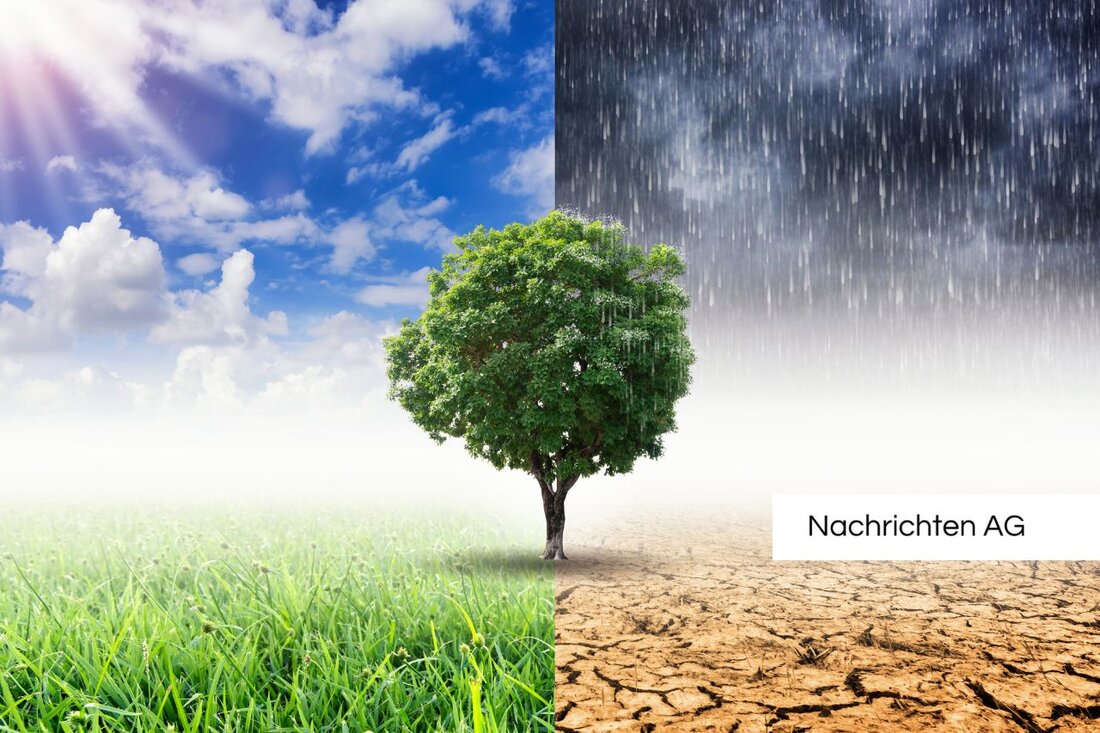Erfurt shines in the solar ranking: almost twice as much energy as in 2012!

Erfurt shines in the solar ranking: almost twice as much energy as in 2012!
Erfurt shows how it works: With an installed solar power of 560 watts per inhabitant, the city is currently taking eighth place in the so -called watt competition. This impressive number is more than just a mere statistics - it is the result of steady growth. Started at 290 watts per capita a few years ago, the performance almost doubled. The city is even in front of such renowned places such as Heilbronn and Freiburg im Breisgau. As the city administration of Erfurt reports in its current press release Erfurt.de, this growth shows that the solar boom has not missed its effect.
A look back: In the 2012 climate protection concept, the city set the ambitious goal of achieving an installed output of 100 megawatts (465 watts per inhabitant) by 2020. Even if this goal has not been fully achieved, progress has ensured new impetus in recent years. The cotton competition, which was launched on February 21, 2021, will continue to inspire the city. It runs until a big city can double its installed photovoltaic performance.
The race for the best places
The competition is divided into three categories: large cities with over 100,000 inhabitants, cities and municipalities. The ranking takes place weekly and can be viewed on the platform wattwreitb.de . Erfurt is in the impressive society of Paderborn, which has the top position with almost 1,000 watts per inhabitant. The data of this competition are based on the market master data register (Mastr) of the Federal Network Agency, which ensures that every installed photovoltaic system is correctly registered in Germany.
These developments are not only important for Erfurt, but also for the entire energy transition in Germany. As the Federal Environment Agency [Environmental Bundesamt.de] (https://www.umweltbundeamt.de/themen/klima-enenergie/erneuerenergien/erneuerbare-energies-in numbers), the renewable energies covered 22.4% of gross energy consumption in 2024. A clear increase of 0.8 percentage points compared to the previous year. The aim is to increase this proportion to 41% by 2030. Wind energy makes the greatest contribution, followed by biomass and photovoltaics.
The role of photovoltaics
photovoltaic systems that convert solar energy into electrical energy are an essential component. These systems feed the energy generated in the line network and thus contribute to the covering of the energy requirement. But photovoltaics depends on the weather and can only work during the day. Therefore, wind power is also used in Erfurt to stabilize the network. In the case of stagnant feed-in, such as in windgarts, a GUD system is used that compensates for the undercong.
Another interesting fact: By converting organic waste into electricity and biogas, which is possible in dry fermentation systems, up to 20,000 tons of waste can be transformed into energy annually, which is also fed into the local network. These developments show how diverse the commitment to renewable energies in Erfurt is.
The progress that Erfurt has made in solar energy are an encouraging sign that other cities can also reach their energy goals if they take the right steps. It is clear that the way to the energy transition is still a long time, but the step towards a more sustainable future is already clearly noticeable in Erfurt.
| Details | |
|---|---|
| Ort | Erfurt, Deutschland |
| Quellen | |
